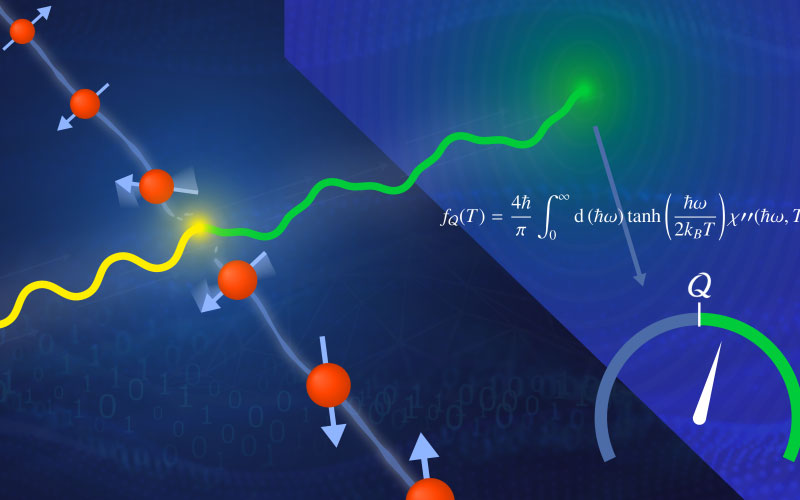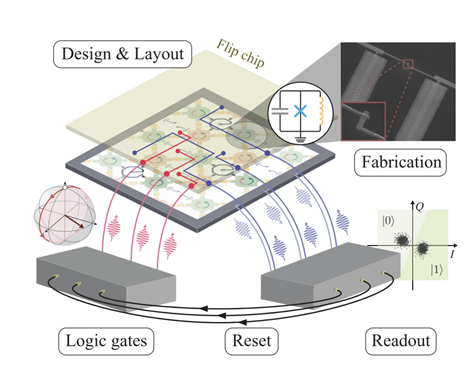Spilling the Secrets of Quantum Entanglement
Quantum technique accelerates identification of entangled materials.

The Science
Quantum materials behave in surprising ways because of quantum physics. For example, they can be superconductors, which can allow electricity to flow with no resistance. These materials could lead to completely new technologies. In an advance for quantum materials, scientists tested the ability of techniques called entanglement witnesses to accurately identify pairs of entangled magnetic particles. Entanglement is when one of these particles, or “spins,” mirrors another’s properties and behavior regardless of the distance between them. This research evaluated three entanglement witnesses. Of the three, quantum Fisher information (QFI) performed the best, routinely locating entanglement in complex materials. QFI also differentiated between true quantum activity and non-quantum activity that can appear quantum due to random thermal motion. In addition, the experiments confirmed that entanglement increases as temperature decreases.
The Impact
This work is the most thorough examination of QFI’s capabilities to date. It is also the first to apply the technique to massive solid materials by examining many pairs of entangled spins simultaneously. With QFI, scientists can more quickly identify entangled quantum materials such as quantum spin liquids, quantum magnets, and superconductors. These materials are ideal for applications such as data storage and computing. Incorporating QFI calculations into future neutron scattering experiments could help research teams characterize even more complex quantum materials.
Summary
Proving the presence of entanglement in one-dimensional spin chains—linear lines of connected spins within quantum materials—has historically been a major challenge in quantum information science. The team observed QFI tackling this challenge by applying the witness to neutron scattering experiments at the Spallation Neutron Source, a Department of Energy user facility. Because of their neutral charge and nondestructive nature, the neutrons provided valuable insights into the properties of two different spin chains. To validate their results, the researchers also ran computational simulations and analyzed data from older experiments conducted at the ISIS Neutron Source and the Institut Laue-Langevin.
Contact
Alan Tennant
University of Tennessee Knoxville
dtennant@utk.edu
Funding
This work was funded by the Department of Energy Office of Science, DOE’s Scientific Discovery through Advanced Computing program, Oak Ridge National Laboratory’s Laboratory Directed Research and Development program, the Quantum Science Center, the Center for Nanophase Materials Sciences, and the European Research Council under the European Union Horizon 2020 Research and Innovation Programme.
Publications
Scheie, A. et al., Witnessing entanglement in quantum magnets using neutron scattering. Physical Review B 103, 224434 (2021). [DOI: 10.1103/PhysRevB.103.224434]
Laurell, P. et al., Quantifying and Controlling Entanglement in the Quantum Magnet Cs2CoCl4. Physical Review Letters 127, 037201 (2021). [DOI: 10.1103/PhysRevLett.127.037201]
Related Links
ORNL News: Key witness helps scientists detect ‘spooky’ quantum entanglement in solid materials
Highlight Categories
Performer: University , DOE Laboratory , SC User Facilities , BES User Facilities , SNS , CNMS
Additional: Collaborations , International Collaboration



